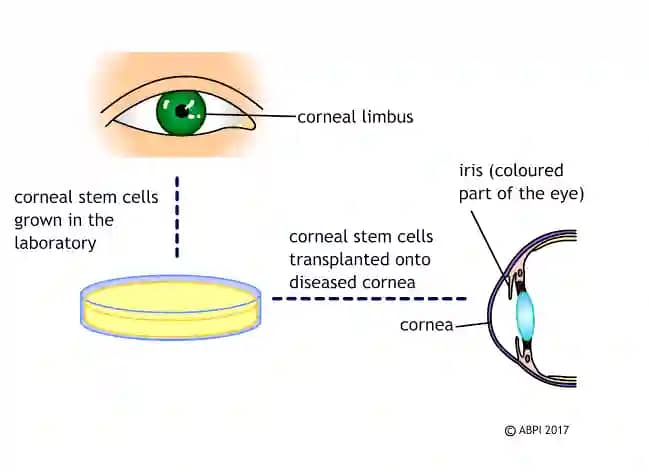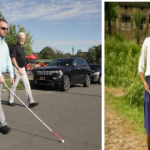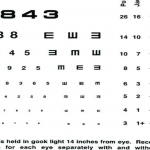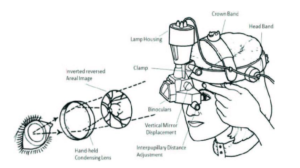The need for Low vision Rehab for Blind patients: Advantages and Prospects.
According to the World Health Organization (W.H.O), Low vision is defined as visual acuity of 3/60 to less than 3/18 in the better eye after best possible correction and visual field <20° from the point of fixation whereas Blindness is defined as visual acuity of less than 3/60 and visual field less than 10°.
Functionally, low vision is a level of vision that prevents a person from carrying out their day-to-day activities and is considered to be a permanent visual impairment that is not correctable by spectacles, contact lenses or medical and surgical interventions.
In other words, it is more or less an “optimal yet minimal residual vision” whereas Blindness can considered to be “no residual vision” completely.
Low vision and rehabilitation Optometry is an eye specialty that focuses more on how to help and aid people that are blinded or those with visual impairment. They focus more with the management of moderate to severe vision loss especially when there have been little to no improvement from routine treatment.
It simply utilizes new and existing ways, methods and procedures to effectively improve the quality of life of visual impaired and blind people using “ATP”.
A – Assessment.
T – Training and Therapy.
P – Prescription.
They have been several technologies and innovations over the years and decades aimed at maximizing residual vision and enabling adaptation for those that cannot be maximized. Such as optical and non-optical low vision aids, telescopes, magnifiers and walking canes (mechanical/electronic).
However, the newer discoveries such as the use of stem cells, retinal implants and non-invasive brain stimulation are targeted more at those with blindness aimed at trying to improve and/or restore vision is of more beneficial importance.
Stem cell Therapy is aimed at replicating delicate damage prone cells that are responsible for initially and preserving vision.
Retinal implants are aimed at trying to bridge the gap of communication between the eye and the brain for vision to occur.
Non-invasive brain stimulation which could be transcranial and transmagnetic is aimed at trying to revive and/or stimulate the cells responsible for vision to become more effective via the brain.
With more research and dedication going into these newer discoveries. Ground-breaking and outstanding results is expected to be achieved soon with regards to low vision and blindness.
Read More Article:







